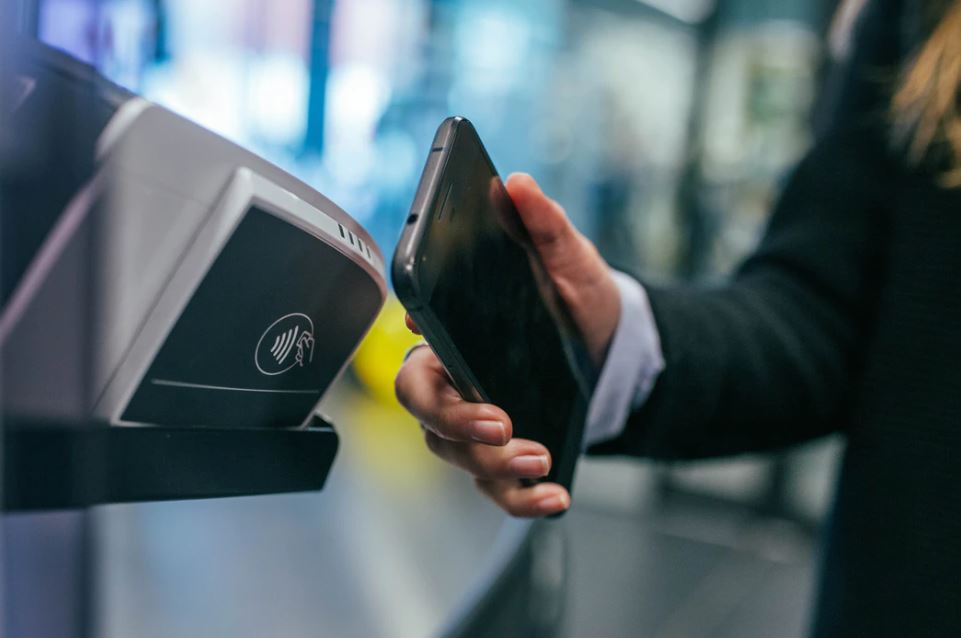Tokenized Funds Are Quietly Reshaping Institutional Finance
04.06.2025 13:21 1 min. read Alexander Stefanov
Tokenized short-term funds are quietly reshaping how institutions manage liquidity, offering a digital alternative to traditional money market products.
Built on blockchain and typically backed by U.S. Treasurys or similar low-risk assets, these funds have grown to $5.7 billion in assets since 2021, according to Moody’s.
Unlike conventional funds, tokenized versions allow for fractional ownership and real-time settlement, making them attractive for asset managers, insurers, and brokerages seeking faster and more flexible yield strategies. Moody’s highlights growing use cases, including institutional yield optimization, insurance liquidity management, and deployment as collateral in trading or DeFi lending.
While still small compared to the $7 trillion in traditional money market assets, interest is accelerating. BlackRock leads the sector with $2.5 billion in its digital liquidity fund, followed by Franklin Templeton, Circle, Superstate, and Ondo Finance—all managing hundreds of millions.
European investors are joining in, with Germany’s Midas launching a tokenized treasury product with no minimum investment. Robinhood has also expanded into Europe and is advocating for clear tokenization rules in the U.S., calling it a transformative shift for capital allocation.
However, blockchain-based funds aren’t without risks. Moody’s points to potential vulnerabilities, including smart contract errors, cyber threats, and discrepancies in legal ownership records. Even so, the firm expects broader adoption as financial institutions seek efficient digital tools to move and grow capital.
-
1
Singapore Court Orders Multichain Liquidation After Major Exploit
16.05.2025 17:00 1 min. read -
2
Stablecoin Issuers Could Soon Be Major Buyers of U.S. Treasuries, Says Senator
22.05.2025 16:00 2 min. read -
3
Binance Pushes Back Against FTX Lawsuit, Calls Claims “Baseless”
21.05.2025 8:00 2 min. read -
4
Ark Invest Buys Into eToro as Shares Surge on Nasdaq Debut
16.05.2025 8:00 1 min. read -
5
New Ethereum Initiative Targets Institutional-Grade Security Standards
16.05.2025 14:00 1 min. read
ARK Invest Makes Bold Bet on Circle as Stablecoin Giant Enters Wall Street
Circle’s arrival on the New York Stock Exchange sent shockwaves through the market, and Cathie Wood’s ARK Invest wasted no time jumping in.
WazirX Restructuring Plan Blocked by Singapore High Court
WazirX’s bid to restructure and compensate victims of a $230 million hack has been rejected by the Singapore High Court, putting the exchange’s recovery roadmap in limbo.
Tariffs Not a Threat to S&P Momentum, Says Fundstrat’s Tom Lee
Fundstrat’s Tom Lee believes that lingering caution in the stock market could actually be setting the stage for another bullish breakout.
Circle Soars in NYSE Debut Amid Surging Stablecoin Interest — But Not Everyone’s Cheering
Circle, the company behind the USDC stablecoin, made a dramatic entrance onto the New York Stock Exchange on June 5, with its stock skyrocketing 167% by market close.
-
1
Singapore Court Orders Multichain Liquidation After Major Exploit
16.05.2025 17:00 1 min. read -
2
Stablecoin Issuers Could Soon Be Major Buyers of U.S. Treasuries, Says Senator
22.05.2025 16:00 2 min. read -
3
Binance Pushes Back Against FTX Lawsuit, Calls Claims “Baseless”
21.05.2025 8:00 2 min. read -
4
Ark Invest Buys Into eToro as Shares Surge on Nasdaq Debut
16.05.2025 8:00 1 min. read -
5
New Ethereum Initiative Targets Institutional-Grade Security Standards
16.05.2025 14:00 1 min. read


